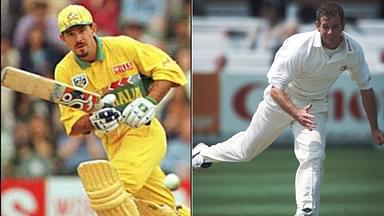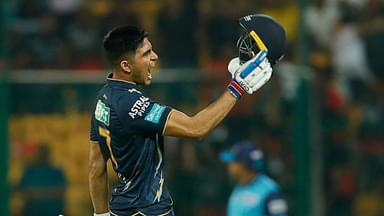Matthew Wade IPL teams: The Australian wicket-keeper batter has returned to the biggest T20 tournament after 11 years.
Advertisement
While a total of four IPL debutants are playing in the ongoing fourth IPL 2022 match between Gujarat Lions and Lucknow Super Giants at the Wankhede Stadium, Australia wicket-keeper batter Matthew Wade is making his debut in the biggest T20 tournament across the globe after as many as 11 years.
Wade, 34, is set to open the batting for Titans alongside India batter Shubman Gill. Part of a three-member wicket-keeping unit at GT, Wade pinned down the likes of Wriddhiman Saha and Rahmanullah Gurbaz to play this match.
After England opening batter Jason Roy opted out of IPL 2022, Wade had become an automatic choice to open the batting for Gujarat. Apart from Wade, Titans have included three more overseas players namely David Miller, Rashid Khan and Lockie Ferguson.
Matthew Wade IPL teams
It is worth mentioning that Wade had made his IPL debut for Delhi Daredevils (now Capitals) in IPL 2011. In three innings under former India batter Virender Sehwag and former Australia teammate James Hopes, Wade had scored 22 runs at a disappointing average and strike rate of 7.33 and 66.67 respectively.
Despite making a name for himself in this format especially whilst leading Hobart Hurricanes in the Big Bash League, Wade hadn’t managed to allure interest in an Indian Premier League auction until this season.
Matthew Wade’s hitting them cleanly at the minute! #AUSvIND pic.twitter.com/IElpuxMaUk
— cricket.com.au (@cricketcomau) December 8, 2020
Although not leading, Wade will be playing a similar role of an opener and wicket-keeper at Gujarat. Having scored 1,624 runs at an average and strike rate of 36.09 and 149.26 respectively including a century and 13 half-centuries for Hurricanes, Wade would be looking to replicate a similar performance upon his IPL comeback.
Overall, in his 174-match T20 career, Wade has scored 3,402 runs at an average and strike rate of 27 and 136.62 respectively including a century and 21 half-centuries.







